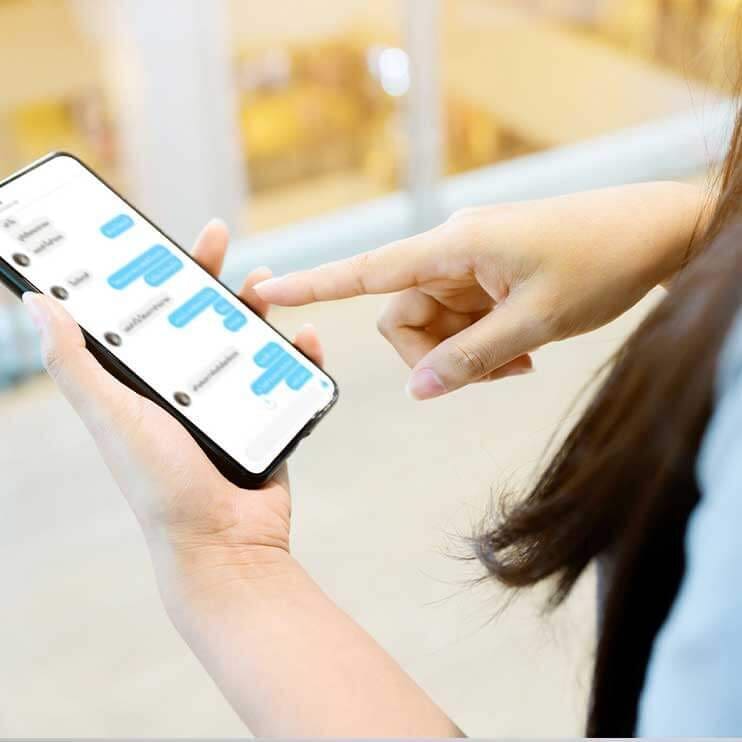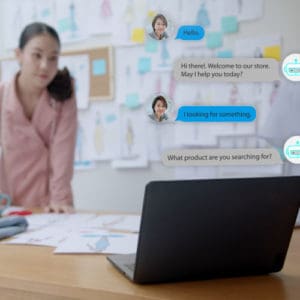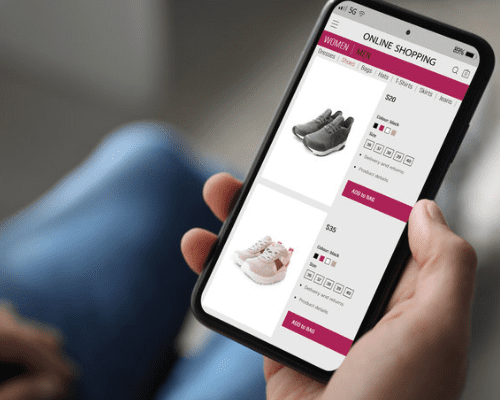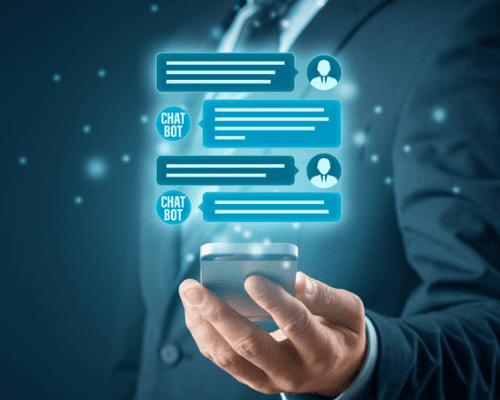Companies must tailor their approach to their customers’ comfort zones, which means that adding asynchronous messaging to CX strategy is essential.
Today’s consumers are spending more time on their mobile devices, and less time on their computers. As a result, the popularity of phone calls and emails is beginning to wane, giving rise to the era of asynchronous messaging.
Asynchronous messaging is essentially any communication method that doesn’t require an immediate response. Unlike synchronous messaging – live chat for example – asynchronous messaging doesn’t depend on both users being actively engaged at the same time. In general, customers tend to prefer this approach as it means that they can communicate on their own terms.
Yet, according to a recent Forrester report, only 19% of surveyed firms are using third-party asynchronous messaging, even though up to 69% of adults in the United States communicate via messaging on a daily basis. By not using asynchronous messaging to interact with customers, many companies are missing out on a key strategic opportunity.
Seek out your customers, not the other way round
As customer service improves, customers are becoming more and more demanding in terms of what they want out of their experience. With more traditional, synchronous forms of messaging, they expect instant responses from just one customer service representative. This expectation isn’t realistic with shift changes and other forms of chat disruption.
According to Forrester, approximately 37% of businesses are still relying on synchronous chats, which is decreasing their productivity as a result. And while some have implemented asynchronous messaging, they’ve done so with limitations in place. For example, asynchronous bots provide automatic replies that give customers a timeframe of when they’ll be assisted, with the only other option being self-service.
In today’s climate, any technology a company invests in needs to offer unlimited customer interactions. Companies must tailor their approach to their customers’ comfort zones, which means that adding asynchronous messaging to CX strategy is essential. Thanks to services such as Zendesk Sunshine Conversations and Klint, it’s becoming increasingly simple to implement.
Klint is a cognitive platform that allows customers to converse through the messaging platforms they’re most comfortable using, such as WhatsApp and Facebook Messenger, for example. And the Zendesk service, Zendesk Sunshine Conversations, engages customers via various channels.
Missed connections lead to missed opportunities
The missed connections across messaging platforms are causing conversations to get lost among the masses or be left open.
Forrester conducted a survey in which 188 B2C brands revealed that ‘overall, they still primarily rely more on static, self-navigated experiences like apps and websites [rather] than on interactive ones like chat, voice or even notifications.’
While some companies did implement chat for customer service, those that didn’t reported budget as the reason, along with privacy concerns. But this needn’t be an issue, as ‘…an implementation of web-based chat can run from less than $100 per seat on the low end to a few hundred dollars per seat on the high end’ and ‘authentication within a brand’s own property – app or web – offers the asynchronous communication that consumers seek with the security they expect.’
The survey also revealed that ‘“Owned” chat deployments outweigh “borrowed” ones.’ Firms are likely to use their own apps or platforms over third-party ones, but the increasing demand for bots on third-party shows that investment in a quality platform for CX strategy will lead to strong customer satisfaction rates.
The pressure to use chat could be lifted by using platforms like Zendesk Sunshine Conversations and Klint. These platforms provide simultaneous chat streams, eliminating the need for so many simultaneous voice streams. This, in turn, leads to more focused agents and a more pleasant customer experience.
Notify your users
Trust is key in any kind of customer interaction. Before adopting asynchronous messaging, businesses should send a notification to their users in order to gain permission to start engaging.
Additionally, an initial notification can trigger a conversation that may lead to a more positive customer experience. Forrester gives the example, ‘A simple message from Chick-fil-A asks a consumer if she is close to the restaurant after she orders based on her location; if the customer says yes, Chick-fil-A then prepares her food to ensure it is hot when she arrives.’ The chat allows the firm to go above and beyond in order to offer a personalised service for each consumer.
Asynchronous messages allow for saved, open-ended conversations. This flowing, platform-spanning CX strategy facilitates targeted marketing, as customer service agents can initiate conversations about previous search history.
So what’s the best way for companies to adopt asynchronous messaging? By using a single interface. Forrester suggests that firms ‘Use one agent desktop tool that provides a single interface that can support myriad chat and asynchronous messaging channels, including single reporting and analytics.’ This is a win-win for both parties – customers feel comfortable with messaging, and companies can produce a customised, contextualised experience based on response rate to notifications and other data-driven findings.
It’s time that more companies met their customers in the middle. This serves as a golden opportunity for businesses to move into their customers’ comfort zones and create a personalised customer service experience with them in mind.
Platforms like Zendesk Sunshine Conversations and Klint offer the implementation of a future-thinking CX strategy without the stress behind a new system. The technology uses insight-driven decision-making to deliver intelligent, personalised and omni-channel experiences to customers whenever and wherever they are.
Using its 15 years of experience as technical consultants and CRM experts, redk supports companies looking to enhance efficiency and profitability through world-class tools that optimise performance across organisations.










